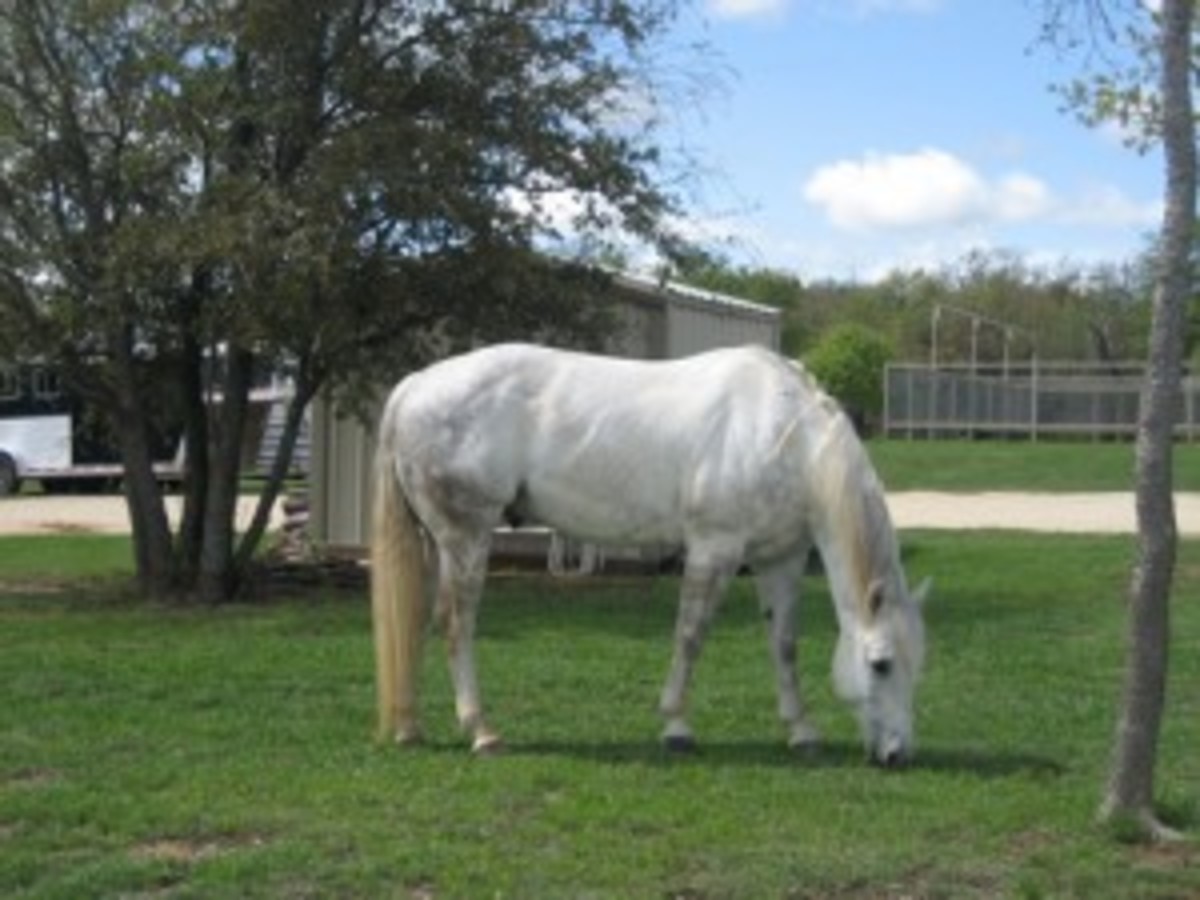
Last fall I wrote on “Vegas,” Turtle Powell’s standout head horse, and his medical problems, including laminitis. This column is an update on Vegas, courtesy of Turtle and Vegas’ farrier, Blaine Chapman, with some general comments along the way on laminitis in horses, aka “founder.”
Vegas’ problems started last summer with a respiratory infection that had as a consequence a vascular disease (purpura hemorrhagica) and ultimately resulted in significant laminitis. General comment number one: Laminitis can result from a variety of causes. Laminitis literally means inflammation of the lamina. The lamina are the interlocking structures that form the weight-bearing bridge between the inside of the hoof capsule and the corium (covering) of the coffin bone. These cause symptoms of laminitis, which I’ll discuss below.
When these structures become inflamed they swell, exude serum and functionally the connecting bond gives way to the stress of weight-bearing and they fail. Efforts to minimize the damage become the objective in dealing with this condition. These efforts include systemic medications, local treatment (such as soaking the feet) and supportive measures to try and stabilize the anatomical structures of the foot. General comment number two: It takes a dedicated team of owner and specialists in the field to have a chance for success in significantly impacted horses with this condition.
Turtle related that the most discouraging days were right before he left to go to the NFR (Wrangler National Finals Rodeo) last December. Vegas had basically been lying down for two weeks. He was eating and drinking well, but would not get up. Turtle called in Blaine Chapman, a horseshoer he knew who has had a lot of experience in dealing with this condition. Blaine encouraged Turtle to wait out the bad spell because, considering the severity of Vegas’ founder, his state was to be expected.
In this horse’s specific condition, it was decided to resect (remove) the anterior hoof wall, which was known per radiographs to have already separated from the coffin bone, plus using special supportive shoeing as the basics of treatment. General comment number three: This example pertains to the circumstances of this specific case. There is no “one size fits all” or singular approach to treating this condition.

Laminitis has received a good deal of attention and study in the last few decades. To this point, there has not evolved any “silver bullet” treatment regimen for the problem. It should be treated as an emergency, but unfortunately, by the time one notices symptoms of painful feet there is already the start of degenerative changes in the critical areas of the foot. We continue to wish Vegas the best possible progress, and will keep tracking his condition as he is no doubt one of the great ones.










